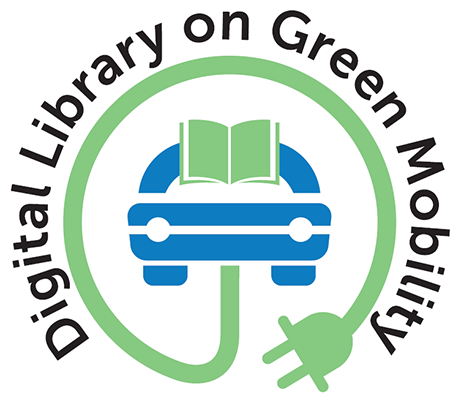Electric Vehicle Charging Strategy Study and the Application on Charging Station Placement
Publication Year: 2021
Author(s): Xiong Y, An B, Kraus S
Abstract:
The best location of electric vehicle (EV) charging stations is crucial for providing EV owners with a convenient charging facility and fostering public acceptance of EVs. There has been a lot of work on EV charging station location, but the charging strategy of EV drivers, which plays an important role in determining the efficiency of charging stations, is lacking. EV drivers make choice among charging stations according to various factors, including the distance, the charging fare and queuing condition in different stations etc. In turn, some factors, like queuing condition, are greatly influenced by EV drivers’ choices. As more EVs visit the same station, longer queuing duration should be expected. This work first proposes a behavior model to capture the decision making of EV drivers in choosing charging stations, based on which an optimal charging station placement model is presented to minimize the social cost (defined as the congestion in charging stations suffered by all EV drivers). Through analyzing EV drivers’ decision-making in the charging process, the authors propose a k-Level nested Quantal Response Equilibrium charging behavior model inspired by Quantal Response Equilibrium model and level-k thinking model. The authors then design a set of user studies to simulate charging scenarios and collect data from human players to learn the parameters of different behavior models. Experimental results show that our charging behavior model can better capture the bounded rationality of human players in the charging activity compared with state-of-the-art behavior models. In addition, to evaluate the proposed charging behaviour model, the authors formulated the problem of location of the charging station with it and develop an algorithm to solve the problem. Their approach is shown to obtain placement with significantly better output to varying degrees, especially when the budget is limited and relatively low.
Source of Publication: Autonomous Agents and Multi-Agent Systems
Vol/Issue: 35(3 )
DOI No.: 10.1007/s10458-020-09484-5
Publisher/Organisation: Springer Nature
Rights: Springer Nature
URL:
https://link.springer.com/article/10.1007/s10458-020-09484-5
Theme: Charging Infrastructure | Subtheme: Public charging station
Related Documents
Research Papers/Articles
Abstract:
The main aim of this study was to identify user criteria for the allocation of fast-charging s... Read More
Research Papers/Articles
Electric Vehicles: Literature Review of Technology Costs and Carbon Emissions
Published Year: 2019
Abstract:
The paper analyzes the role of electric vehicles within a lower carbon 2020–2030 new veh... Read More
Research Papers/Articles
Power Play: How Governments Are Spurring the Electric Vehicle Industry
Published Year: 2018
Abstract:
Auto manufacturers have announced more than $150 billion in investments to achieve collective... Read More



